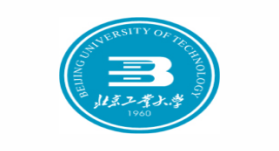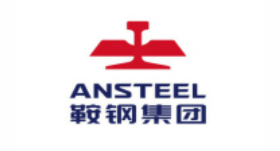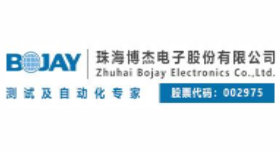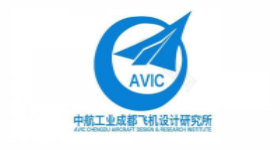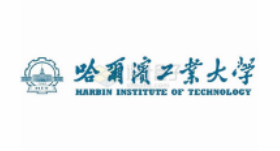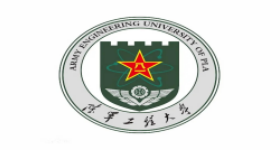The key point in the use of pressure sensors, the correct installation position of the transmitter on the process pipeline is related to the measured medium. To obtain the best measurement results, the following conditions should be considered:
1. Prevent the transmitter from contacting with corrosive or overheating media;
2. Prevent slag deposition in the pipe;
3. When measuring liquid pressure, the pressure port should be opened on one side of the process pipe to prevent slag deposition.
4. When measuring the gas pressure, the pressure port should be opened at the top of the process pipe, and a transmitter should be installed at the top of the process pipe to make the accumulated liquid easy to inject into the process pipe.
5. The pressure guide pipe should be installed in a place with small temperature fluctuations;
6. When measuring steam or other high temperature media, a condenser such as a buffer tube (coil) should be installed, and the working temperature of the transmitter should not exceed the limit.
7. When freezing occurs in winter, anti-freezing measures should be taken according to the transmitter installed outdoors to prevent the liquid in the pressure port from expanding due to the amount of ice and causing the dao of the sensor.
8. When measuring liquid pressure, the installation position of the transmitter should avoid liquid impact (water hammer phenomenon) to avoid overpressure damage of the sensor.
9. During the wiring process, pass the cable through the waterproof connector (accessory) or bypass the pipe, tighten the sealing nut to prevent rainwater from penetrating into the transmitter housing through the cable.
The role of the pressure sensor is to convert the controlled amount measured by the measuring element into the type of signal required by the controller.
The difference between pressure sensors and differential pressure transmitters: gas or liquid pressure units; Pressure sensors generally refer to the pressure of a gas or liquid, and also refer to pressure and weighing sensors. Kilograms (forces), or tons. A pressure difference transmitter measures the pressure difference between two gases or liquids as a relative quantity, and a pressure sensor measures the pressure of a single gas or liquid as an absolute quantity. From the point of view of use, the pressure difference has two input tubes for introducing two samples to be tested to obtain their pressure difference, and the pressure has only one nozzle.
Pressure sensor maintenance: The pressure sensor is required to be checked once a month and once a week, mainly to remove dust on the instrument, carefully check the electrical components, and often check the output current. The inside of the pressure sensor is weak current, which must be separated from the external strong current.
Regarding the service life of pressure sensors, suppliers now offer life guarantees for high-end and high-performance transmitters, but in fact, these guarantees are only a matter of time before they are extended to low-end products. In the near future, advanced technologies that today are only available for high-performance transmitters will be widely available for low-end transmitters, at which point explicit lifetime guarantees will be common.


